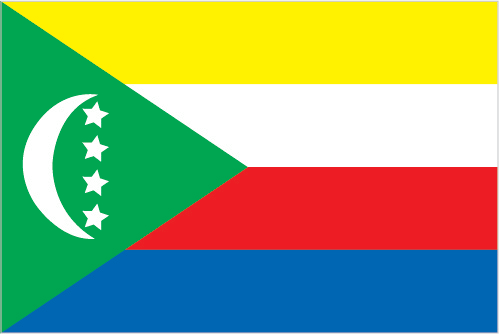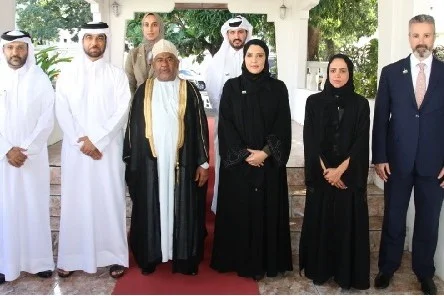The United Nations in Comoros

The United Nations system in the Comoros has been supporting national development efforts for four decades, particularly in combating poverty, targeting vulnerable groups, enhancing human rights and gender equality, and empowering women. The Union of the Comoros became a member of the United Nations on November 12, 1975.
The United Nations framework for development assistance, based on the national programmatic framework, guides the United Nations’ contribution to achieving the development goals of the Union of the Comoros in general and the objectives outlined in the state’s strategic policy documents in particular.
The selection of intervention areas targeted by the United Nations framework for development assistance is based on the collective comparative advantage of the United Nations system and the need to identify a strategic position for the United Nations system among the community of partners to achieve the country’s development goals.
The current United Nations framework for development assistance for the period 2015-2021 aims to achieve four results that contribute to the realization of the three strategic objectives of the Accelerated Growth and Sustainable Development Strategy (SCA2D 2018-2021), focusing on comprehensive growth, basic social services, governance and national cohesion, as well as the environment and climate change.
Key Achievements:
– Establishment of unified legislation and a system for sustainable management of natural resources, classifying 27% of the land area and 4.49% of the regional waters as protected areas.
– Enhanced mechanisms to combat gender-based violence and strengthened systems to protect the vulnerable, including women, children, and persons with disabilities.
– Improvement of the quality of basic social services and accessibility for the most vulnerable groups.
– Enhancement of development planning, monitoring, and evaluation mechanisms to provide the Comoros with developmental policies, strategies, and other tools, in addition to consolidating peace, democracy, and human rights.
– Development of early warning systems for multiple hazards, their operation, and improvement of the capacity of institutions and communities most vulnerable to crises and disasters to withstand them.
– Improvement of food security and the community’s ability to adapt to climate change, as well as the provision of youth and women with employment opportunities.
 Algeria
Algeria Bahrain
Bahrain Comoros
Comoros Djibouti
Djibouti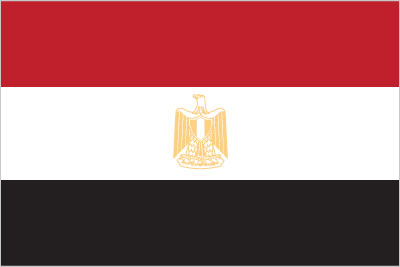 Egypt
Egypt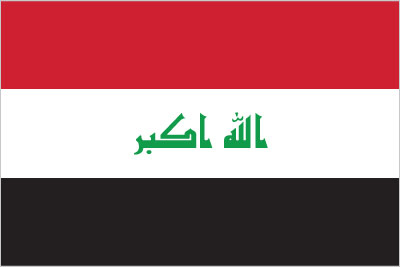 Iraq
Iraq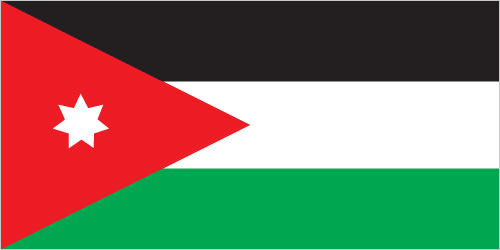 Jordan
Jordan Kuwait
Kuwait Lebanon
Lebanon Libya
Libya Mauritania
Mauritania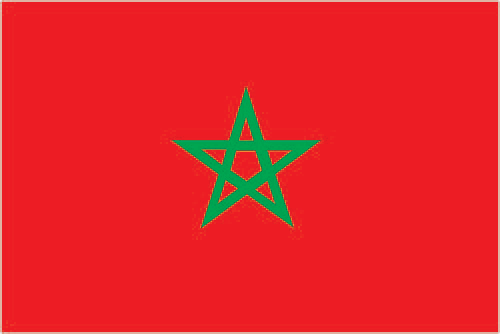 Morocco
Morocco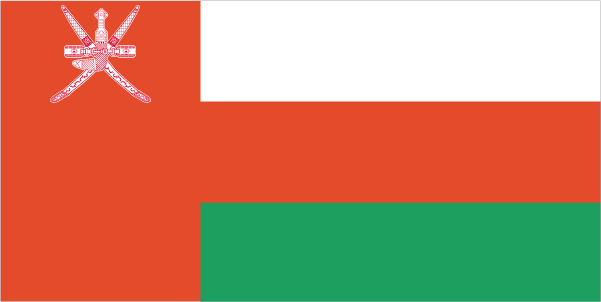 Oman
Oman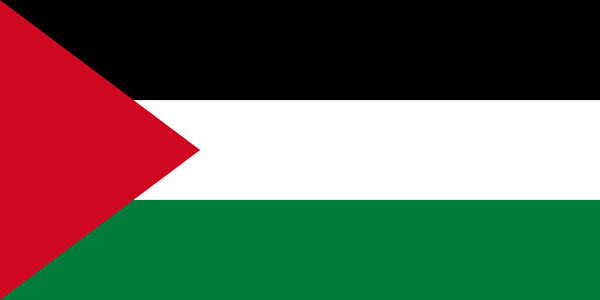 Palestine
Palestine Qatar
Qatar Saudi Arabia
Saudi Arabia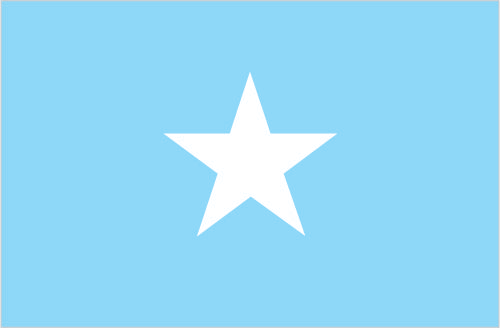 Somalia
Somalia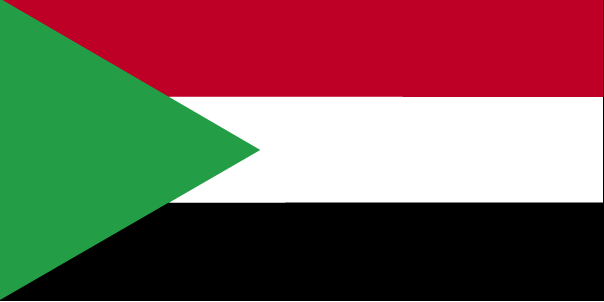 Sudan
Sudan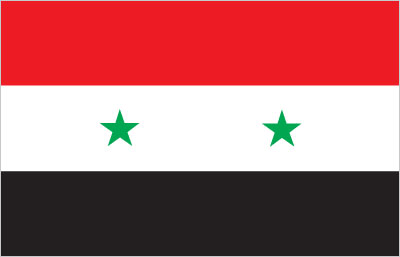 Syria
Syria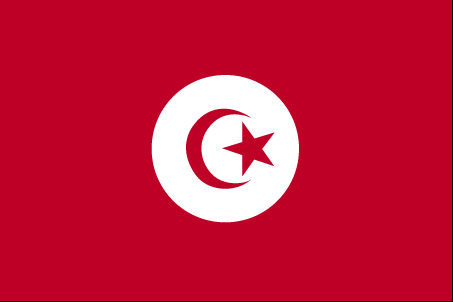 Tunisia
Tunisia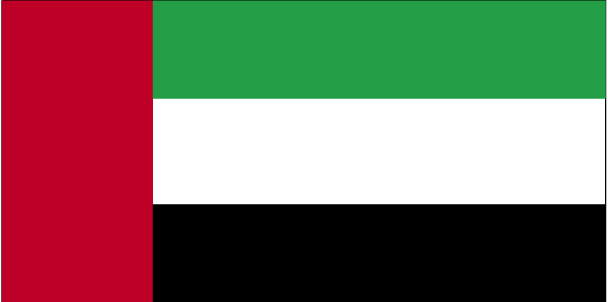 UAE
UAE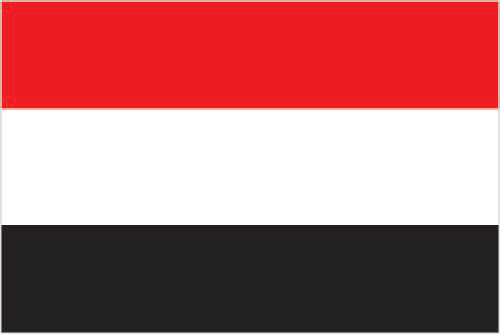 Yemen
Yemen
